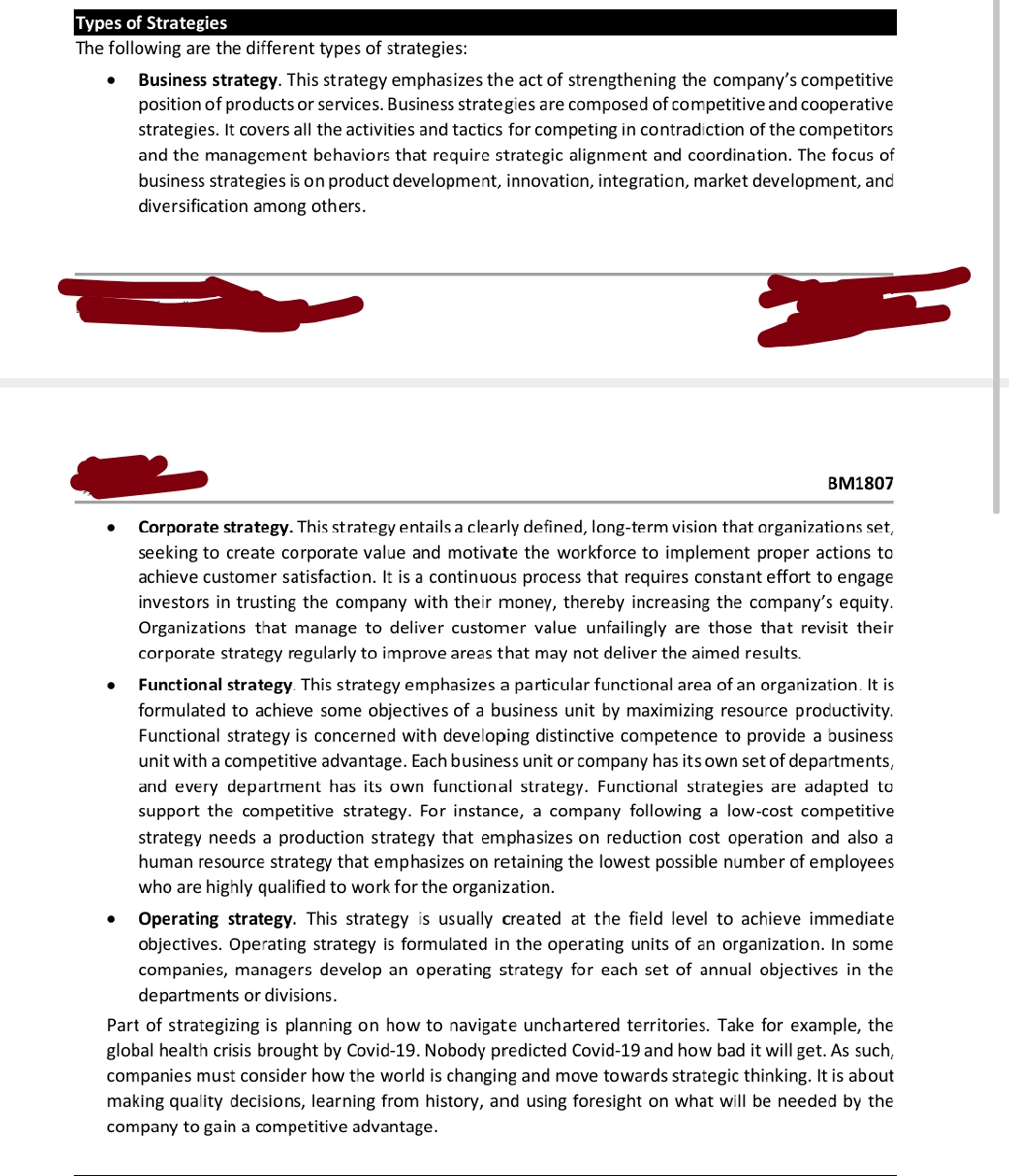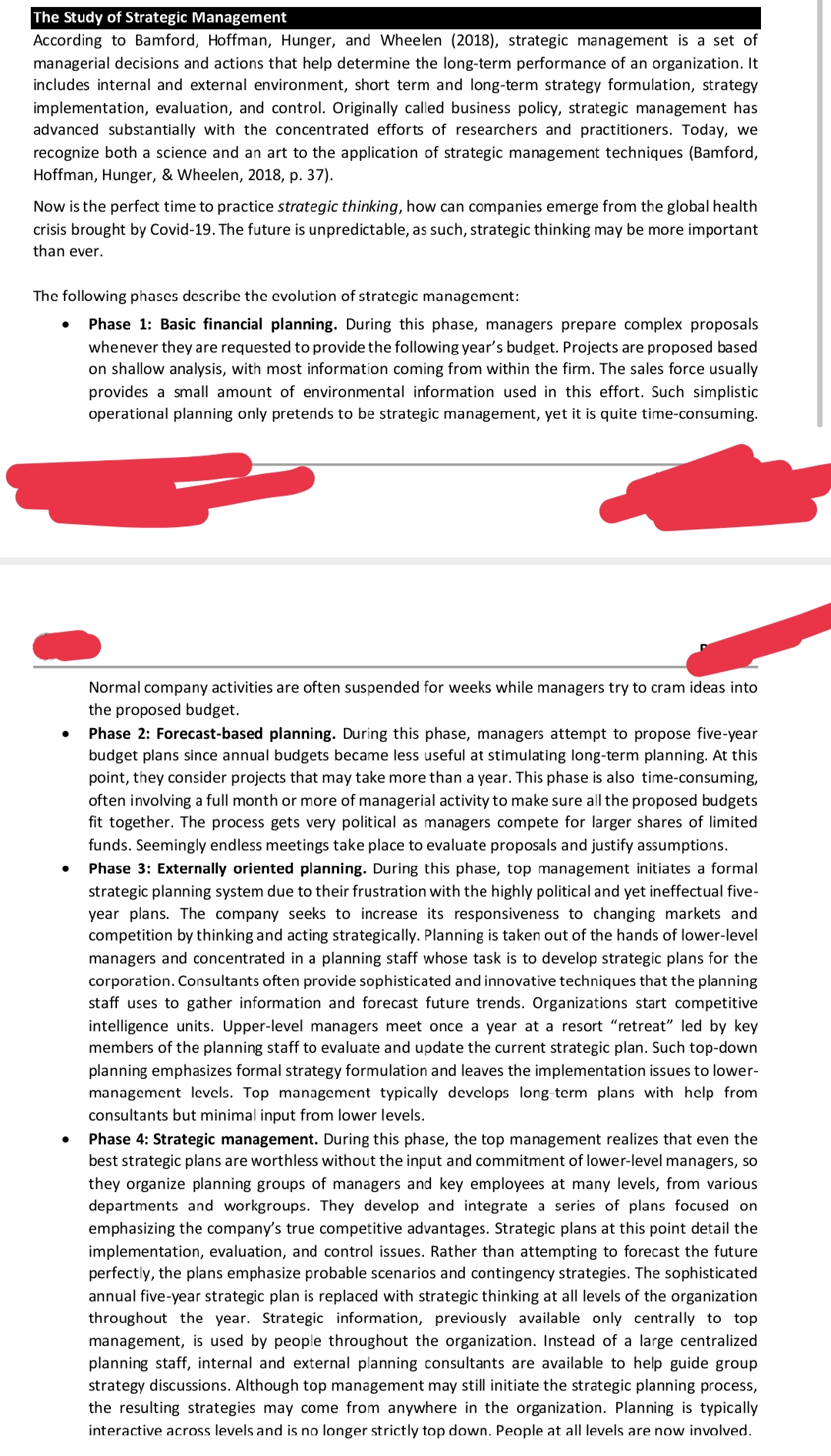Procter & Gamble (P&G) Procter & Gamble (P&G) is the world’s largest consumer products company. Some of its category-defining brands include Ivory soap, Tide detergent, Crest toothpaste, and Pampers diapers. Among its many offerings, P&G has more than 20 consumer brands in its lineup that achieve over 66.8 billion dollars or three (3) trillion pesos in 2018. P&G’s iconic brands are a result of a clearly formulated and effectively implemented company strategy. The company pursues a strategy which attempts to create higher perceived value for its customers than its competitors by delivering products with unique features and attributes. Creating higher perceived value generally goes along with higher product costs due to greater innovation efforts and promotion expenses, among other things. Successful differentiators are able to command a premium price for their products, but they must also control their costs. In addition, the company was able to achieve its market leader position through its top management commitment that collaborates even with the lower-level managers in the company. In recent years, however, P&G’s strategic position has weakened considerably and seems to be losing rather than winning. P&G lost market share in key “product-country combinations,” including beauty in the United States and oral care in China, amid an overall lackluster performance in many emerging economies. As a consequence, profits have declined. P&G posted a sustained competitive advantage in recent years; its stock market valuation has fallen, while its competitors Unilever, Colgate-Palmolive, and Kimberly-Clark posted strong gains. Many wonders when P&G will play to win again. Answer the following questions: 1. Which phase in the evolution of strategic management is present in the given case? 2. Which type of strategy is being employed by P&G based on the given case study? 3. How will P&G regain its market position based on the concept of competitive advantage?
Procter & Gamble (P&G)
Procter & Gamble (P&G) is the world’s largest consumer products company. Some of its category-defining
brands include Ivory soap, Tide detergent, Crest toothpaste, and Pampers diapers. Among its many
offerings, P&G has more than 20 consumer brands in its lineup that achieve over 66.8 billion dollars or
three (3) trillion pesos in 2018. P&G’s iconic brands are a result of a clearly formulated and effectively
implemented company strategy. The company pursues a strategy which attempts to create higher
perceived value for its customers than its competitors by delivering products with unique features and
attributes. Creating higher perceived value generally goes along with higher product costs due to greater
innovation efforts and promotion expenses, among other things. Successful differentiators are able to
command a premium price for their products, but they must also control their costs. In addition, the
company was able to achieve its market leader position through its top management commitment that
collaborates even with the lower-level managers in the company.
In recent years, however, P&G’s strategic position has weakened considerably and seems to be losing
rather than winning. P&G lost market share in key “product-country combinations,” including beauty in
the United States and oral care in China, amid an overall lackluster performance in many emerging
economies. As a consequence, profits have declined. P&G posted a sustained competitive advantage in
recent years; its stock market valuation has fallen, while its competitors Unilever, Colgate-Palmolive, and
Kimberly-Clark posted strong gains. Many wonders when P&G will play to win again.
Answer the following questions:
1. Which phase in the evolution of strategic management is present in the given case?
2. Which type of strategy is being employed by P&G based on the given case study?
3. How will P&G regain its market position based on the concept of competitive advantage?


Trending now
This is a popular solution!
Step by step
Solved in 2 steps









